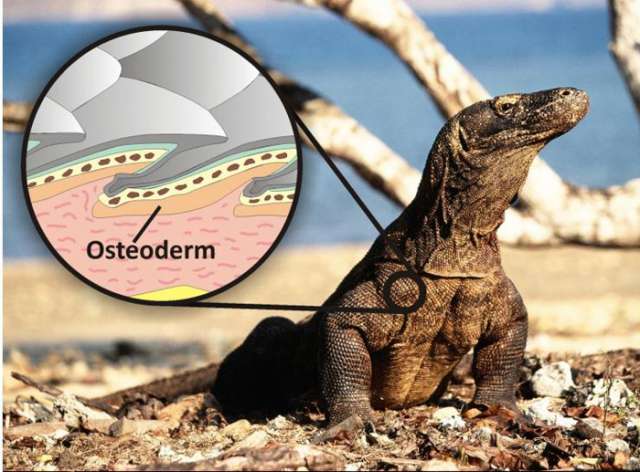Giant Killer Lizards Walked Together With Aborigines During The Ice Age

"Our jaws dropped when we found a tiny fossil from a giant lizard during a two meter deep excavation in one of the Capricorn Caves, near Rockhampton," said Price, in a statement. "The one-centimeter bone, an osteoderm, came from under the lizard`s skin and is the youngest record of a giant lizard on the entire continent."
The research team carbon-dated the recovered fossils and found that the bone was nearly 50,000 years old. Australia`s first human inhabitants are believed to have arrived around the same time. However, the analysis of the bone has not revealed the name of the species to which it belongs.
The researchers say that it might belong to the Komodo dragon which once roamed the Australian land, or it could even belong to the extinct Megalania monitor lizard. The latter was much bigger in size than the Komodo dragon, weighed around 1,000 pounds and grew up to 20 feet long.
Capricorn cave is known for its rich diversity of fossils belonging to different species of animals. The Science Recorder reported that volunteer scientists and Australian nationals sometimes make a contribution to the research in the area by helping researchers sieve and sort through the unearthed specimens.
The complete details of the study have been published in the journal Quaternary Science Reviews.















































